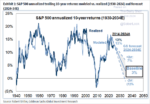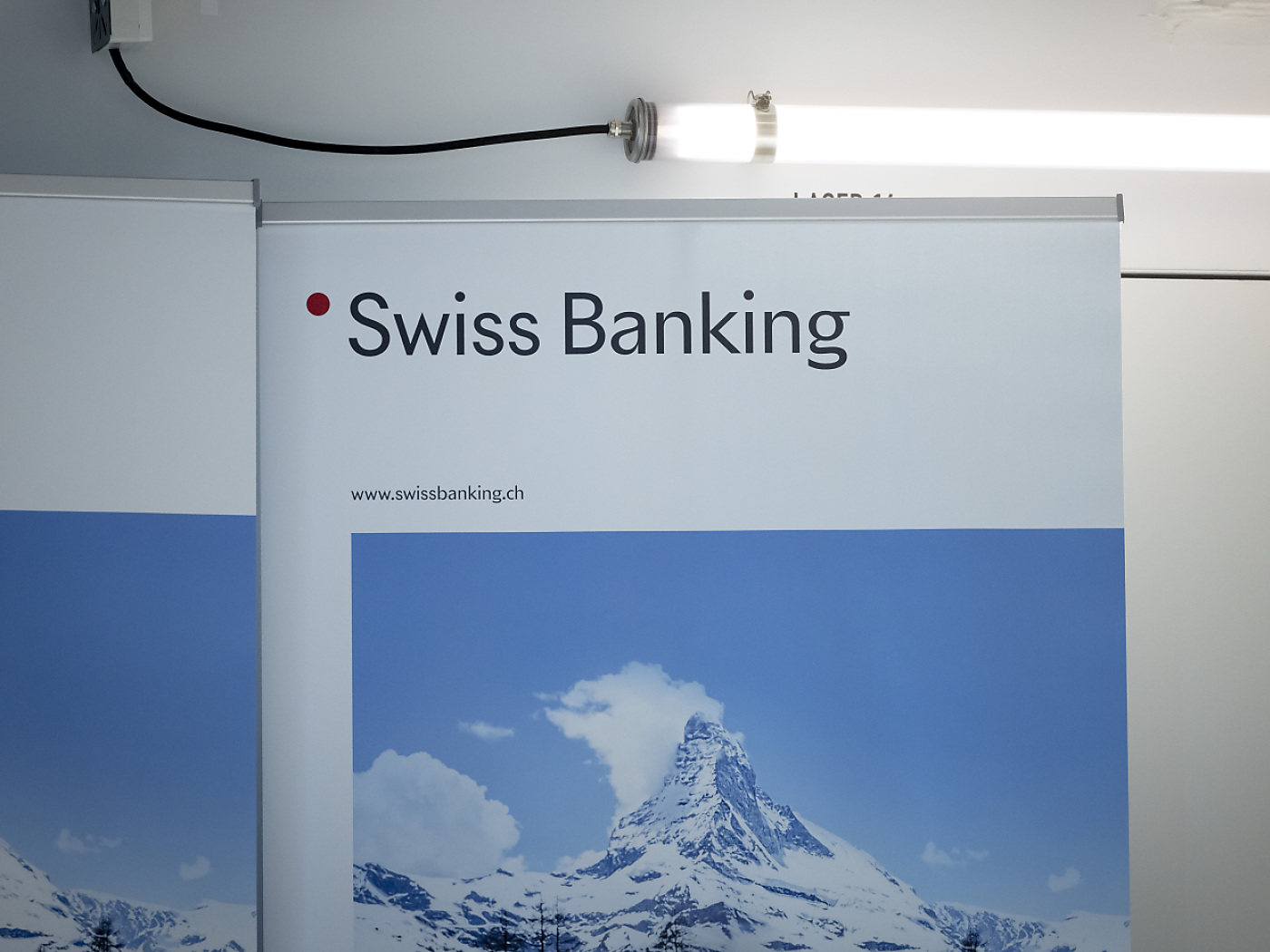Overview: Many market participants sense an inflection point is near. The dollar settled last week beyond key levels against several major currencies, bolstered by higher short-term US rates. The market is aware that the Bank of Japan could intervene in the foreign exchange market with the trading near its best levels of the year, and the 10-year JGB yield grinding higher. Beijing cut the tax on equity transactions, will restrict IPOs, and urged some funds to buy more equities than they sold. Still, the equity market gave back around 80% of its initial gains and the yuan weakened after a stronger start. London markets are closed for the summer bank holiday, which has thinned market activity in the European morning. The dollar is a narrow range (~+/- 0.15%) against the G10 currencies. And all but a handful of emerging market currencies are lower. Among the exceptions are the South Korean won and Mexican peso.
Equities are off to a firm start. All the large bourses in the Asia Pacific region were higher, with the Nikkei's 1.7% gain leading the way. Europe's Stoxx 600 is up about 0.55% in the morning, which recoups in full the losses of the past two sessions. US equity futures are trading with a firmer bias. Note that so far this month, the S&P 500 has not posted back-to-back gains. If sustained this week, Bloomberg notes, it would be the first time since April 2002 that the benchmark was unable to gain in two consecutive days for a month. The streak could be at risk today after the S&P 500 posted a modest gain of nearly 2/3 of 1% before the weekend. European bond yields are most 1-2 bp higher, while the 10-year US Treasury yield is about two basis points softer near 4.22%. Gold is little changed in a narrow range roughly $1913.55-$1917.80. October WTI is firm in a narrow range near the pre-weekend high around $80.45.
Asia Pacific
Investors and the media continue to debate and digest the significance of the last week's BRICS summit. The main actionable result was an invitation to six countries to join. It is not clear what membership means. Many aggregate the group's population and share of world GDP, or other economic activity. But this only makes sense if one assumes the BRICS is an alliance or bloc. This does not seem to be the case. China's attempt to turn into a free-trade bloc was previously rejected. There is no mutual defense pact. Moreover, some Beijing and Moscow pay lip-service to India, Brazil, and South Africa's aspirations for a greater role in the UN but have stopped short of endorsing their bid to join the Security Council. References to the UN seem gratuitous in light of Russia's invasion of Ukraine and China ignore the conclusions of its treatment of the Uyghurs. To be sure, the G7 may be seen as caucus within the G20, but there are extensive military and trade ties. China and India have unresolved border issues, which they have come to blows over. The G20 is a larger disparate group, but most recently it supported the OECD-negotiated global tax reform. Indonesia, which had seemed until the very last minute, a likely candidate, reportedly pulled itself out of contention. It claims it needed to focus on its role as ASEAN chair, but many suspect that it is a signal to the US, from which it will buy around two dozen F-15EX (Boeing) jetfighters. Separately, the two leading presidential candidates in Argentina are critical of it joining the BRICS and one has threatened to withdraw from it if elected.
The yen dynamics have changed. First, the weakness of the yen no longer seems to be buoying Japanese stocks. The rolling 60-day correlation between changes in the exchange rate and changes in the Nikkei had reached the highest-level last month since the Q1 20 and the start of the pandemic (0.36) but has fallen to almost 0.15. Second, the correlation between changes in the exchange rate and the 10-year US yield had reached almost 0.70 back in April and now is around half as much. Third, since the end of Q1, rallies in the S&P 500 were often coincided with a stronger dollar against the yen. The rolling 60-day correlation reached its best level since Q2 20 in June slightly above 0.50. It is now slightly inverse. It has spent August 2022 through March 2023 inversely correlated. When Yield-Curve Control was adjusted at the end of July, BOJ Governor Ueda explained that the yen's volatility played a role in the decision. Some think now that a weaker yen will spur the BOJ to either buy bonds in unscheduled purchases or intervene in the foreign exchange market. Since the top of the 10-year JGB band was raised to 1.0%, the correlation between changes in the exchange rate and the JGB yield has risen to about 0.2, which is most since March. The correlation has been inverse since April (where rising yields were correlated with the weaker dollar).
The dollar finished last week on its highs for the year against the Japanese yen slightly below JPY146.65. It is still threatening it. The session low near JPY146.30. We suspect that the roughly $810 mln options that expire today at JPY146.50 have been neutralized, but there is another set for about $655 mln at JPY147.00 that expire today and about $1 bln that expire there tomorrow. The Australian dollar reached about $0.6440 as Fed's Powell spoke before the weekend and then broke down to $0.6385, holding above the year's low set earlier this month near $0.6365. It managed to close above $0.6400 but the tone remains fragile. The Aussie was greeted with fresh selling today as it approached $0.6440 today. The $0.6300 is the measuring objective of double top at $0.6900. The greenback gapped lower against the Chinese yuan today after officials announced a 50% cut in the stamp tax on equity transactions and tightened restrictions on initial public offerings following news that industrial profits continue to decline. The initial favorable market response quickly wore off. The US dollar is trading above the pre-week high against the yuan to around CNY7.2955. The CSI 300 rallied from Friday's close near 3709 to 3911.5, a nearly 5.5% surge, and gave it all up, before finishing slightly less than 1.2% higher. It fell almost 2% last week. Despite some official guidance, requesting some funds refrain from selling more share than they were buying. The PBOC set the dollar's reference rate at CNY7.1856, well below the average in Bloomberg's survey (11 participants) of CNY7.2845. The fix implies the top end of the dollar's 2% band is near CNY7.3325.
Europe
Many observers are critical of China for not providing more economic support. Fair enough but look at the eurozone. The Bundesbank bank warned last week that the eurozone's largest economy is stagnating this quarter. Assuming that is true, it means Germany has not posted an expanding quarter since Q3 22. France which grew by 0.5% in Q2 is likely to return to the 0.1% quarter-over-quarter pace in Q3 seen in Q4 22 and Q1 23. Italy has contracted in two of the past three quarters and may be struggling to establish any forward momentum this quarter. Spain is the best of the Big 4 but growth is slowing there too. The 0.2% growth anticipated (median in Bloomberg's survey) this quarter will be the slowest since the contraction in Q1 22.
The hawks at the ECB are still pressing for higher rates with CPI still above 5%. The swaps market is pricing in about a 40% chance of a hike at the September ECB meeting (and about a 20% chance of a Fed hike). In addition, rate hikes, the central bank balance sheets are falling. Through July this year, the ECB's balance sheet has fallen more than the Fed's though it is still larger as a percentage of GDP. The ECB's balance sheet has fallen from 59.6% of GDP to 52.1%, while the Fed's has fallen from 33.4% to 31.1% of GDP. The Bank of England's balance sheet has fallen from 37.3% of GDP at the end of last year to 32.7% in July. The Bank of Japan's has gone in the opposite direction, increased to 129.2% of GDP from 126.5% at the end of 2022. The slower grow translates to larger fiscal shortfalls, and budget presentations to the EU are due shortly and after a few years of forbearance, the Stability and Growth Pact discipline is to return.
Between today and tomorrow, options for around 2.7 bln euros at $1.08 expire. We suspect that pre-weekend moves to nearly $1.0765 would have prompted some hedging that would have neutralized them. The euro is continuing to straddle the $1.08 level today. The range so far is slightly below $1.0790 and about $1.0820. The pre-weekend high was recorded as Fed Chair spoke at Jackson Hole slightly above $1.0840. That is true of sterling as well. It rallied as Powell spoke, reaching almost $1.2655. Both currencies came off when the speech ended, and US rates rose. It closed below $1.26 for the first time since mid-June. It has spent little time above $1.26 today, setting a session high in late Asia near $1.2610. The low, set in Europe, where the UK is on holiday was near $1.2565. The pre-weekend low was slightly below $1.2550.
America
There was little to take away from Powell's Jackson Hole speech. It was largely a review of the broad trends in the economy, inflation, policy, and real interest rates over the past year. During Powell's speech that ran a little more than 15 minutes the dollar sold off, rates eased, and stocks were firm. In fact, the euro and sterling set sessions highs as the Chair spoke. The dollar fell to session lows against the yen. As soon as Powell finished speaking things reversed, in a pattern reminiscent of the reaction around Powell's press conference. The euro and sterling recorded new session lows before recovering to straddle the key breakout areas ($1.08 and $1.26, respectively), but settled the week below. The implied odds of a September rate hike edged higher by about the spread between the bid and offer to around 20%. The odds of a November hike rose to around 63% from about 53%, which is the most this month. Speculators extended their net and gross short two-year note position in the futures market to new records. They reduced both long and short positions in the 10-year note futures and the net short position increased for the first time in three weeks.
US Commerce Secretary Raimondo is the fourth cabinet-level official to visit China over the past three months or so. Talking is better than not, according to conventional wisdom, but there has been little sign of a change in behaviors. And talking that does not lead to a change in behavior risks undermining the middle ground and strengthening the hawks on both sides. The US did lift restrictions on a little more than two dozen Chinese companies, but at the same time, the US announced new weapon sales to Taiwan, signed a defense deal with Japan and South Korea, which agreed to resist "economic coercion, in a thinly veiled reference to China, without citing it per se (which passes as diplomacy). It has curb sales of advance chips and fabrication equipment to China. Beijing has responded by increase the imports of such equipment before the curbs come into effect. The US is also limiting investment in strategic sectors like AI and quantum computing. Raimondo will reportedly seek the establishment of two working groups, one on export control and the other on commercial issues. More talking. Carrying the water for US industry, Raimondo may also seek to persuade Beijing to resume purchases of Boeing planes, which all but stopped since 2015. Meanwhile, the staffs may work on a possible Biden-Xi meeting at next month's G20 gathering.
The US dollar reached nearly a three-month high against the Canadian dollar before the weekend by $1.3640. It is drawing toward the next technical target, the April and May highs in the CAD1.3650-70. A push above would immediately target the CAD1.37-CAD1.38. It has been confined to a narrow range today so far, roughly CAD1.3580-CAD1.3605. The greenback may be strong broadly, but the Mexican peso is holding its own and more. The dollar has fallen in seven of the past eight sessions coming into today and edged through last week's low to dip briefly below MXN16.70 today. The multiyear low set on July 28 was near MXN16.6260. Note that the lower Bollinger Band is found near MXN16.7165 today. The dollar is firmer against nearly all the world's currencies this month. The best performing G10 currency is the Swiss franc, and it is down about 1.4%. Among emerging market currencies, the Turkish lira, the beneficiary of a 750 bp hike (one-week repo rate) is up about 1.4% this month, followed by the peso, which is virtually flat, is the second-best performer. The other emerging market currencies are lower.
Tags: #USD,China,Currency Movement,ECB,Featured,federal-reserve,Japan,newsletter





















